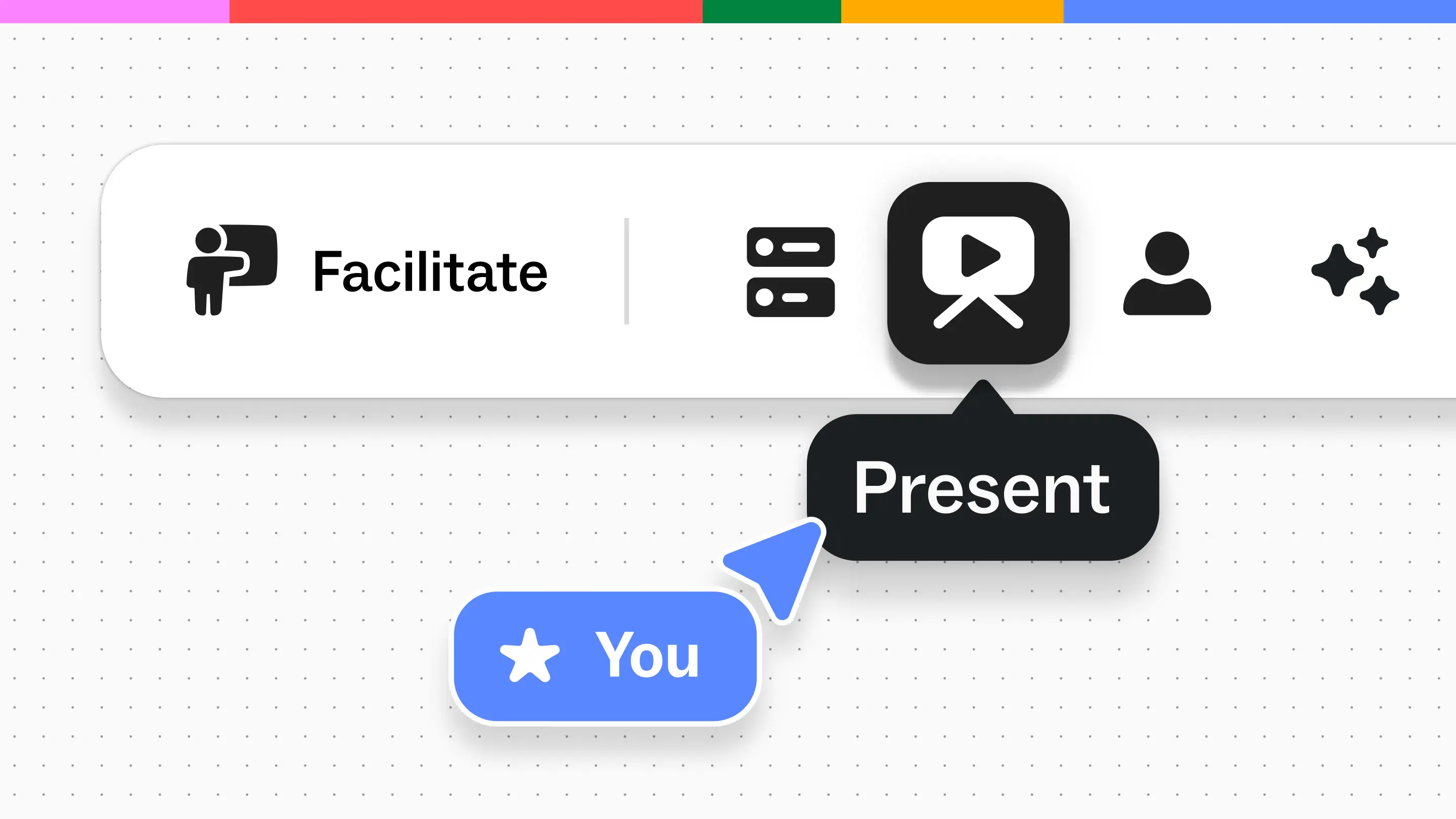As Chief of Staff, I sit at the intersection of sales, marketing, product, and operations. From that vantage point, I see the same challenge play out across companies, industries, and even the most seasoned teams: even the strongest account plans stall when teams chase different goals.
Sales teams do the hard work, from mapping stakeholders, to conducting account discovery, to uncovering expansion opportunities. But too often, the plan loses momentum once it starts to depend on the rest of the organization. Without aligned goals to orient the work, marketing may be running campaigns aimed elsewhere. Product resources might be tied up on roadmap items for a different segment. Operations could be focused on optimizing internal processes that don’t directly accelerate the customer’s journey.
The result? The account plan looks airtight within sales, but slows down in actual execution. And from the customer’s perspective, that misalignment shows up as a fragmented experience.
Setting measurable goals across teams is more than a management exercise. It is the essential bridge between a promising account plan and a customer experience that delivers on its full potential.
Why traditional GTM execution fails
For years, GTM execution has relied on cascading goals. Leadership sets the plan, each function takes its piece, and everyone moves ahead. This likely strikes a chord for all of us, but the problem is that deals don’t happen in a waterfall anymore. They’re cross-functional, dynamic, and customer-driven. By the time the cascade catches up, the customer has already moved on, often driven by fast-changing buyer behavior and AI-enabled market shifts. Alignment and coordinated execution are what let organizations keep pace.
I’ve seen the impact across organizations:
- Renewals are at risk when a critical feature or integration wasn’t prioritized early enough.
- Launches underperform because each team defines success differently.
- Pipelines slip when hidden dependencies surface late in the sales cycle.
So while teams might hit their individual metrics, the customer journey feels fragmented … and fragmented journeys don’t close deals.
What high-growth teams do differently
The fastest-moving GTM orgs replace waterfall goals with aligned goals. Think of them as a web of shared, visible, and dynamic priorities:
- Shared: Aligned goals — the ones that require multiple functions — are co-owned and tracked together.
- Visible: Everyone can see how objectives connect not only to their team’s outcomes, but also to the customer’s outcomes.
- Dynamic: When the market or customer needs shift, teams iterate and adjust in real-time versus waiting for a retrospective realignment.
Keeping functions close and priorities transparent creates faster feedback loops, tighter coordination, and more consistent execution. I’ve seen this come alive in executive leadership team sessions where we map a single account across every function. Within the hour, blind spots, overlaps, and dependencies surface that would otherwise drag execution out over weeks. That level of transparency turns alignment into execution, and lets the whole team pivot together in the moment.
The takeaway for sales leaders
If you’re in sales, you may not be able to control every function, but you can influence how account plans are executed. A few practical moves I’ve seen work:
- Pull cross-functional partners in early. Involve marketing, product, and ops to co-create the plan. It secures more buy-in than handing them something already built.
- Identify the aligned goals. Highlight the customer outcomes and objectives no single team can move on their own, and create shared accountability based on the plan you co-created with your partners.
- Be transparent about dependencies and the “why”. Call out where you need cross-functional support, explain the tradeoffs, and confirm ownership.
In today’s market, alignment isn’t just a buzzword — it’s the engine for GTM speed and growth. When goals are shared, visible, and dynamic, teams move beyond the org chart and toward a single point of focus: delivering a seamless customer experience.













